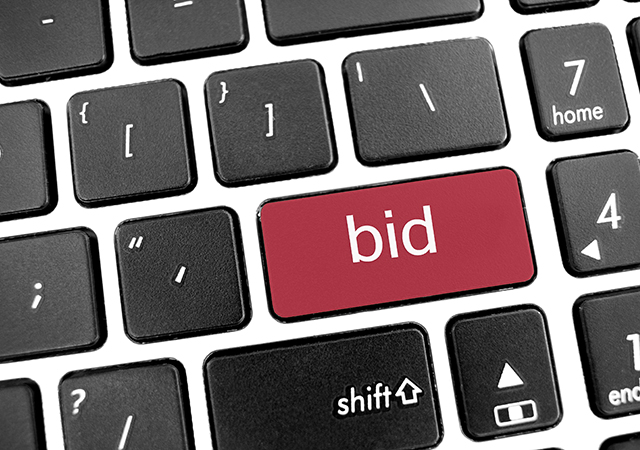

The Dubai Metro project, which is considered the world’s biggest driverless metro project implemented as one unit, continues to race ahead at a remarkable pace towards a strategic milestone of September 2009, when the first of its four lines become operational.
The $6.3 billion project forms a vital part of a $22 billion facelift of Dubai’s transport infrastructure, which includes a range of road, rail and marine projects to be completed by 2020, according to plans announced by the Dubai Roads and Transport Authority (RTA) towards the end of last year.
The Rail Agency of the RTA will construct a total 318 km of metro network and 270 km of tram network by 2020 and both these networks will be linked to other modes of public transport, including buses, water transport and taxis.
The plan, aimed at alleviating the city’s growing traffic congestion, allocates $12 billion for new roads, $2.5 billion each for marine transport and tram systems, $6.3 billion for the Dubai Metro and $600 million for new buses.
The Dubai Metro project will have four metro lines by 2015, covering the existing and new developments. The Red and Green lines are currently under construction while the Purple and Blue lines will be constructed by 2012 and 2015, respectively. Some 25,000 people ranging from labourers to engineers are currently engaged on the mammoth development to deliver the project on schedule.
At the same time, the RTA is working on plans to extend the Green Line from Academic City to International City to serve the new communities and is also finalising plans to tender the 15-km extension of the Red Line from Jebel Ali to Dubai-Abu Dhabi borders.
A total of 74.6 km of Dubai’s metro network will be fully operational by March 2010. The 52.1 km Red Line will be operational in September 2009 while the 22.5 km Green Line will be in use in March 2010. Once fully operational, 79 trains will run on both the lines of the Metro, 62 on the Red Line and 17 trains on the Green Line.
A design-and-build contract for the Dubai Metro was awarded by the RTA in July 2005 to a consortium known as Dubai Rail Link (DURL), comprising a team led by Mitsubishi Corporation and including Mitsubishi Heavy Industries, Obayashi Corporation, Kajima Corporation, all of Japan, and Turkey’s Yapi Merkezi.
Construction of the Red and Green lines is well on track with the Red Line reaching 77 per cent completion and the Green Line being 26 per cent complete, Abdul Redha Abu Al Hassan, director of planning at the Rail Agency of the RTA told Gulf Construction.
Some of the upcoming milestones are finishing of underground stations and completion of elevated stations. The first main power station became operational on schedule early this year, and will provide electricity to the Red Line. Two more power stations will be commissioned, metal track laid for trains and pedestrian bridges at all stations will be built.
Red Line
Some 44.1 km of the Red Line is elevated with 3.3 km being is at ground level and 4.7 km underground. Around 29 km of the total 44.1 elevated bridge deck (viaduct) has been completed. The rest will be finished before the end of the year. Viaduct segments are lifted up and joined with the help of a launching girder.
A number of techniques are being used to construct the elevated sections of the Red Line, which are making rapid progress.
Adnan Al Hammadi, director of rail construction department, in the RTA said, “The most significant consideration for the design of the metro viaducts is the adaptability of the method of construction to suit the site conditions and constraints. The method of construction must be established before proceeding with the design.”
“Unlike other viaducts spans that are relative short measuring less than 44 m in length constructed using launching gantries, these spans had to be constructed using the balanced cantilever method as the total length of the spans is about 72 m. In total, there will be 17 spans constructed using this method along the Red Line,” he added.
Explaining the process, Al Hammadi said, “To facilitate the cantilever construction, a pier cap shell unit (a hammer head shape) has to be installed then filled with reinforced concrete; the first viaduct segments on the piers are then installed (pier deck segment). The adjacent segments (deck segments) are then installed on either side of the piers and secured simultaneously. Erection of the remaining deck segments proceeds two segments at a time, on either side of each pier to ensure that the balance is maintained throughout the operation.”
Tunnelling work on the Red Line was completed ahead of schedule last January.
Al Hammadi reaffirmed that the tunnelling works of the Red Line, which were accomplished by two tunnel boring machines (TBMs) – Al Wugesha – had started at the Union Square Station and headed for BurJuman Station penetrating through Dubai Creek, and from the Union Square Station towards Al Rigga Station and from there headed towards Deira City Centre.
A large team of specialists were working on operating and monitoring the progress of work and spotting the variables in the area surrounding the buildings to ensure the safety at the excavation works.
The Japanese made trains that will ply the Dubai Metro, consisting of five carriages with a capacity to accommodate 645 passengers, have started arriving in Dubai. The RTA will be conducting trial runs on the new track site that runs 11 km from Ibn Battuta Station to Jebel Ali Depot this month (April). The testing will be carried out in phases. The first phase – called the Static Test – involves placing a stationary train carriage on the track and performing system tests including communication systems, signalling systems, power supplies, air-conditioning, on-board electronics, and lighting, among others. This will also include integration and co-ordination tests between various sub-systems and components.
On passing this first phase, the metro system then undergoes what is called the Dynamic Test. This phase involves various checks while the train is in motion, such as brake, load, traction, power supply, electromagnetic compatibility, automatic train operation and communication tests while the train runs through its various modes, in addition to a speed test. The tests also include several door tests undertaken by the contractor such as repeated door opening and closing, role of doors when the train is in motion, and tests related to door control buttons, according to Mattar Al Tayer, chairman of the board and executive director of the RTA.
Al Tayer also stressed that necessary procedures will have to be undertaken to prevent rainwater from reaching the sector during rainfall. “The proofing material has to be tested and the system has to be efficient in draining the expected rainwater so that rail operation will not be disrupted by bad weather conditions. In this regard, more attention has to be given to the area between Sheikh Zayed Road and the protective rail of the metro track, as well as putting in place hoods for protecting lights of passing vehicles and trains,” he commented.
Earlier, Al Tayer accompanied by a high-level delegation, attended the trial run of the train at the 800-m test track of the Wadoki plant of Mitsubishi Heavy Industries in Japan.
Work on the four underground stations on the Red Line has been completed, and construction of the stations on the elevated stretch has also started.
Commenting on the design aspect of the elevated metro stations, a senior official pointed out that the roofs have been designed in a shape of a large shell symbolising the interaction of the UAE people with diving and pearl fishing. The elevated stations in general are designed in an oval shape and the initial philosophy of design revolves around the concept of metro track. He pointed out that all stations are set in arch-shape steel structures, and around 25,000 tonnes of steel will be used in the steel works of stations – the majority of each is being manufactured in Malaysia and Singapore.
Work at the Jebel Ali depot of the Red Line at the grade near Jebel Ali Free Zone Area, which occupies an area of 110,000 sq m, is more than 55 per cent complete. The depot, which has a capacity to accommodate 44 trains, includes garages for train carriages and is equipped with an air-conditioning system and a highly sophisticated fire-fighting system. It includes a rail operation control centre to ensure the safety of doors, brakes and motors of each train separately, as well as facilities for servicing air-conditioners and other highly advanced subsidiary electronic systems. It also includes maintenance workshops, and train washing and cleaning workshops.
Construction work has been completed at the main power supply station at Jebel Ali, which occupies an area of 3,659 sq m with an output of 80/100 MVA. It is one of three stations being constructed to generate electricity for both the Red and Green lines and in accordance with the specifications detailed by Dubai Electricity and Water Authority (Dewa).
Among other developments on the Red Line, LCL Interiors Contracting, a UAE subsidiary of Malaysia’s LCL Corporation, has been awarded a $87.74 million (Dh322 million) contract for installation work on the Red Line. The contract awarded by the main contractor involves the design, supply and installation of the main arrangement works for the Red Line stations.
Work is expected to be finished in the second quarter of 2009.
Green Line
Meanwhile, the first tunnel boring machine (known as TBM 3) on the Green Line, which tunnelled its way from Union Square to SalahAlDeen stations, broke through the diaphragm walls in February, completing the first 729-m tunnel. This marks one of the first milestones on the Green Line, which although shorter, has more underground stations (and tunnels) than the Red Line which is mostly elevated.
The tunnelling began last December and 3,888 tunnel lining segments have been used to form 486 tunnel lining rings.
Al Hammadi said: “The TBM has excavated the tunnel between Union Square and Salah Al Deen and formed a tunnel 9.5 m in internal diameter. The machine has covered the distance in 60 days advancing at an average rate of about 12.15 m per day.”
“This is the third TBM on the project and we are glad to experience such remarkable progress. We still have a considerable amount of tunnelling to be completed on the Green Line due to its location. The Green Line is being constructed within the Central Business Districts of the city and will have eight underground stations which include two transfer stations on the Red Line,” he added.
The TBM is currently being planned for dismantling and transportation to Palm Deira station from where it will begin its second phase of tunnelling towards Al Ras.
The test run on a 4.5-km track on the Red Line is expected to start next month.
Construction of the six underground stations on the Green Line has also started.
Blue and Purple lines
Contract for the construction of the two more Dubai Metro lines – Blue and Purple – will be awarded later this year, according to Al Hassan, who said that the RTA has already appointed consultants for the Purple Line while the Blue Line is still in the design stage.
The 49 km Purple Line will connect Dubai International Airport with Al Maktoum International Airport through the new developments on Al Khail Road. The line is likely to be extended to new developments at later stages. Since the Purple Line will serve airports which could be operational round the clock, the RTA is considering to have double tracks to ensure smooth operation even during maintenance work, he added. The Purple Line will be built at an estimated cost of Dh10 billion, which would be borne by the RTA.
“Private developers will be allowed to link their tram and mono rail network with the main metro lines but they themselves will bear the cost,” he said.
The Blue Line, which will initially be 50 km long from Dubai International Airport to Al Maktoum International Airport passing through Emirates Road, is currently under study. It is likely to be extended from Dubai airport to Palm Deira and to other new developments towards Dubai waterfront projects.



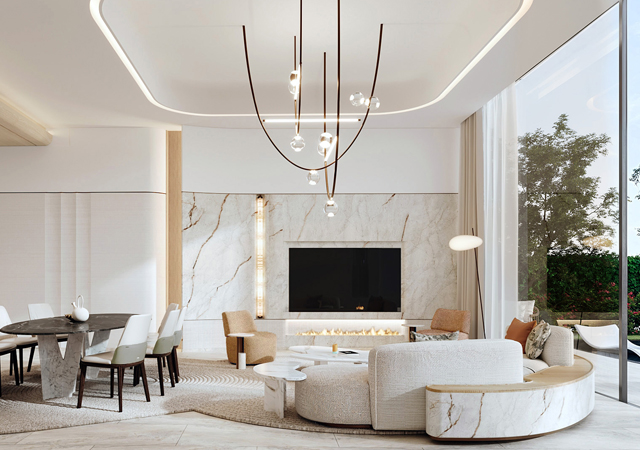
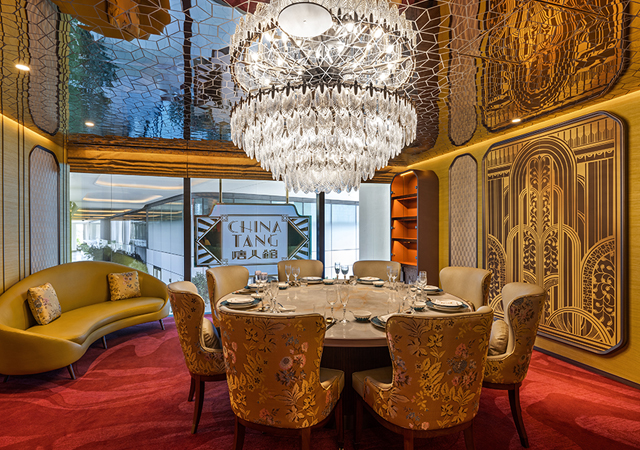
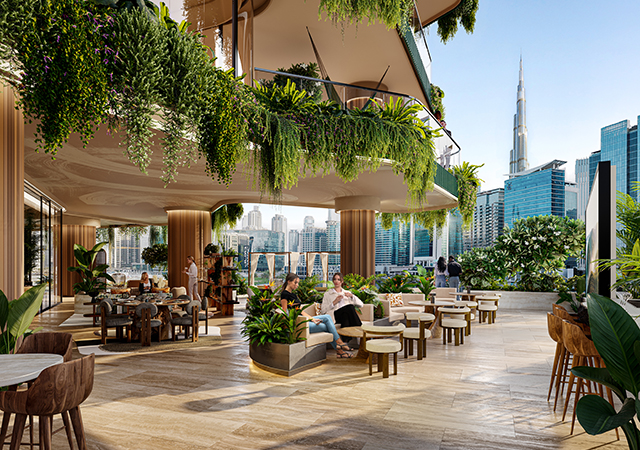
.jpg)
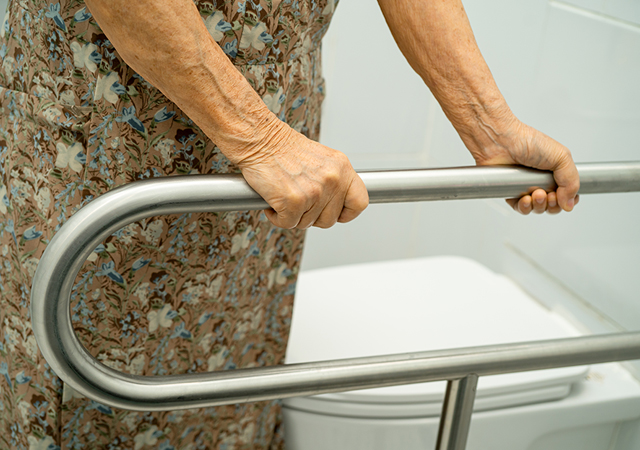

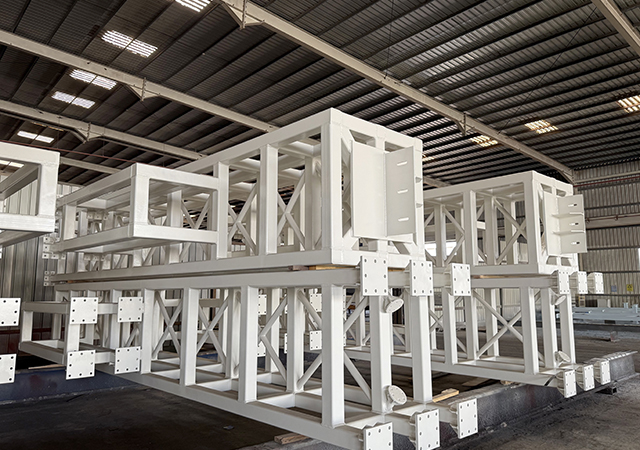




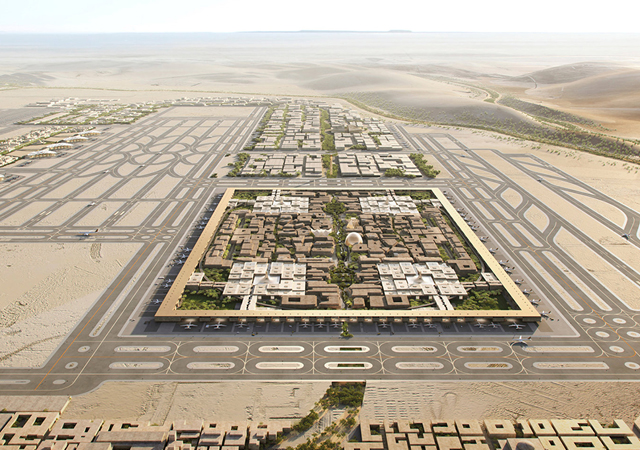
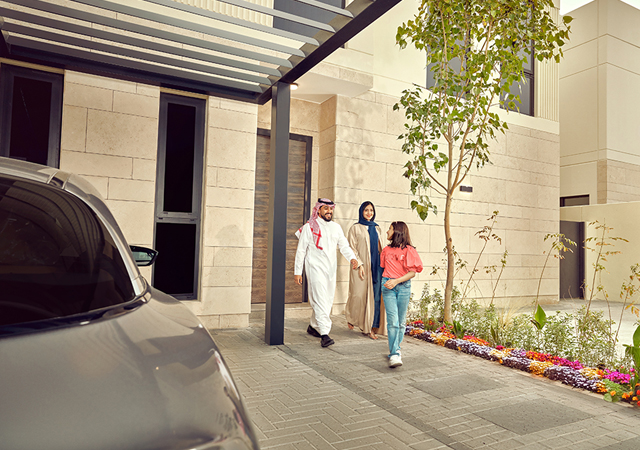
.jpg)
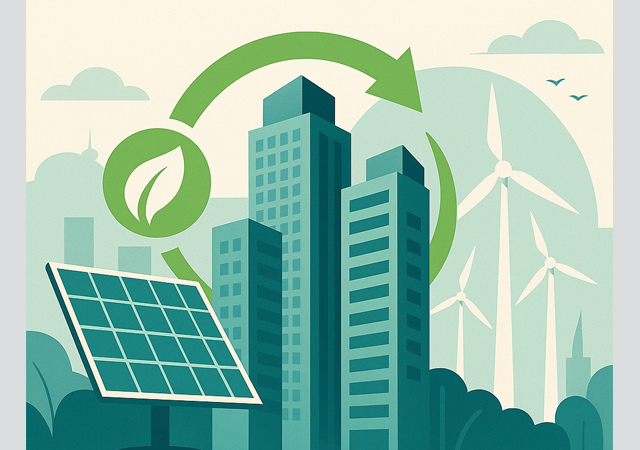



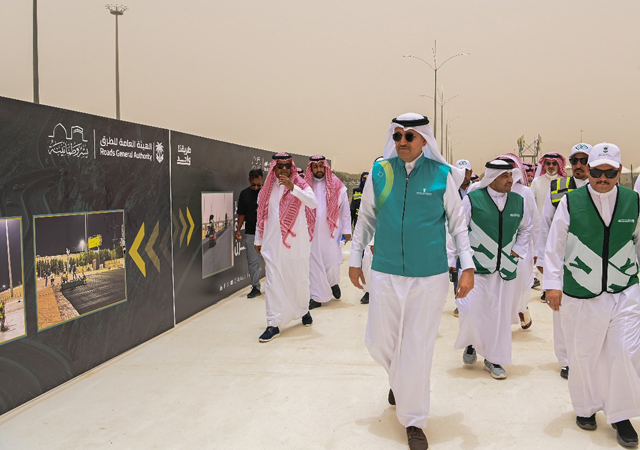

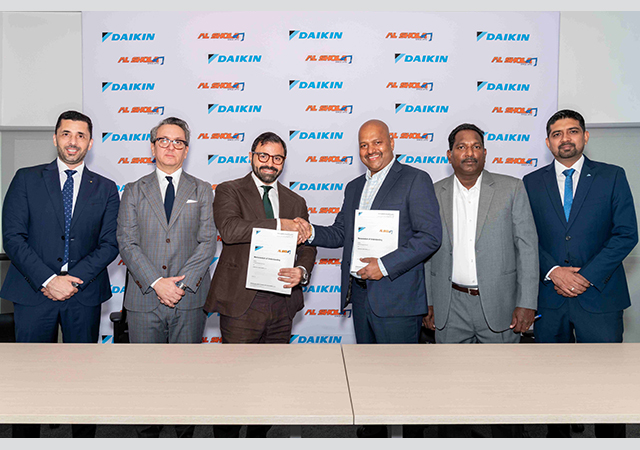

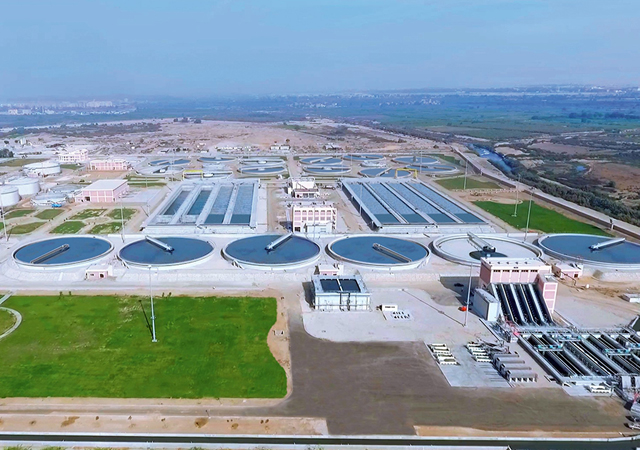
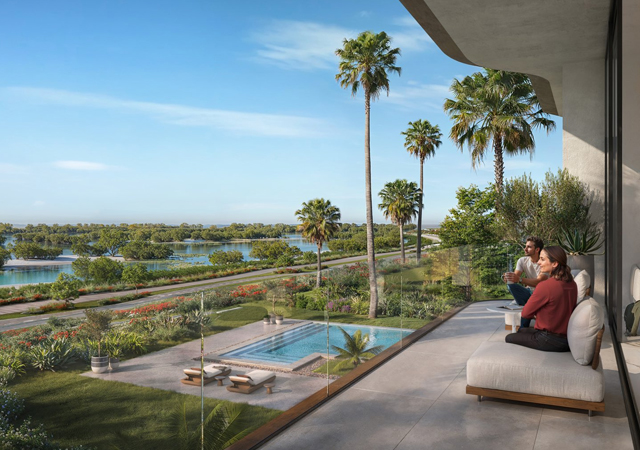
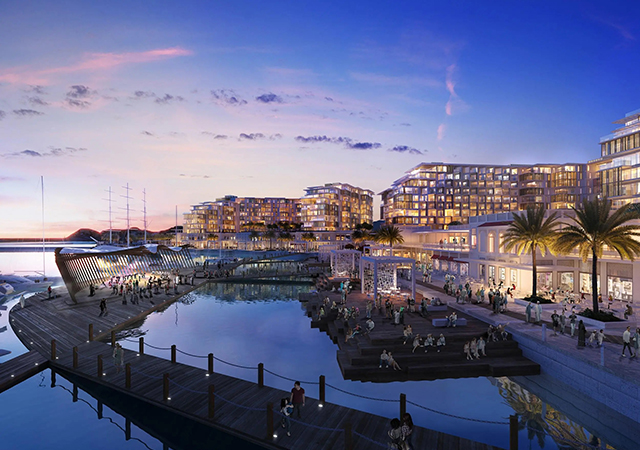

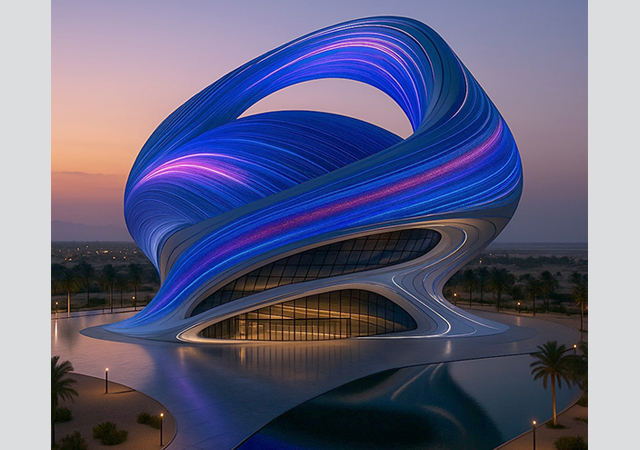

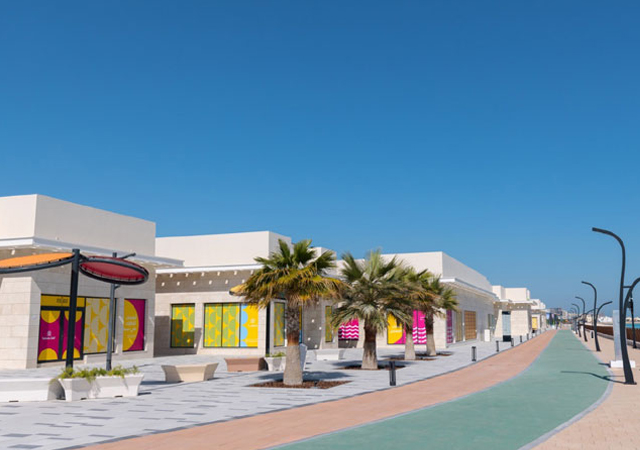

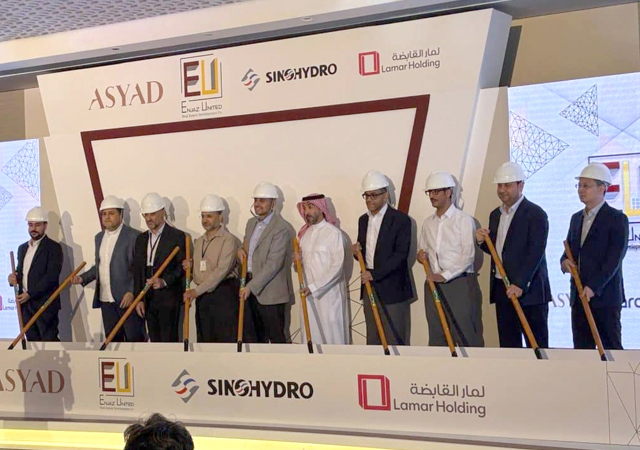
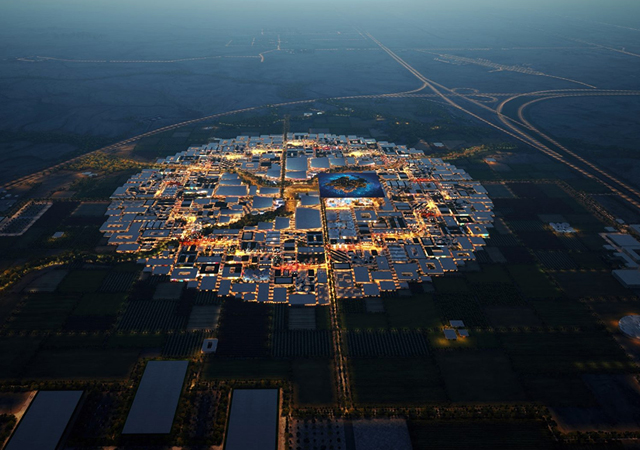
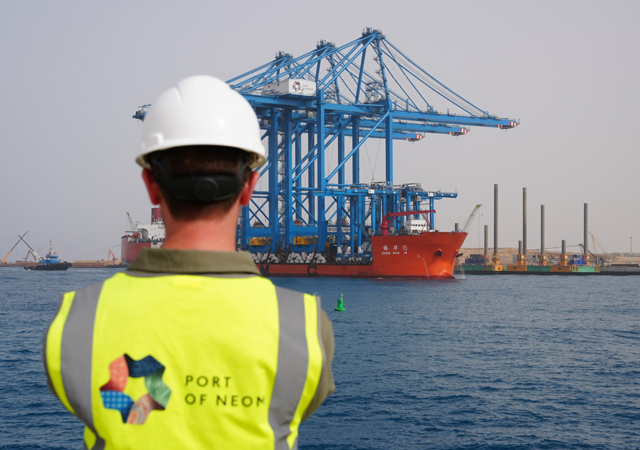
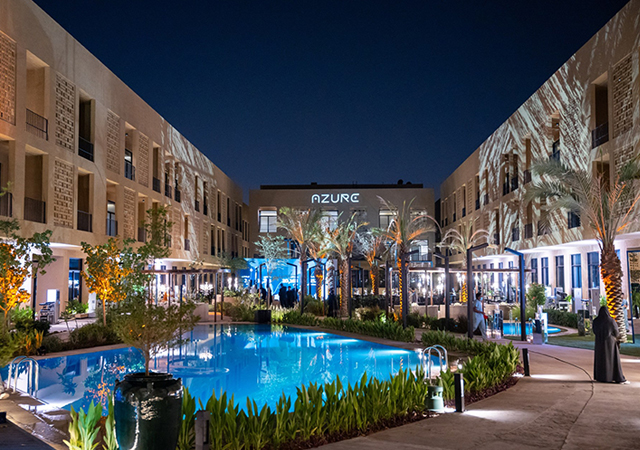
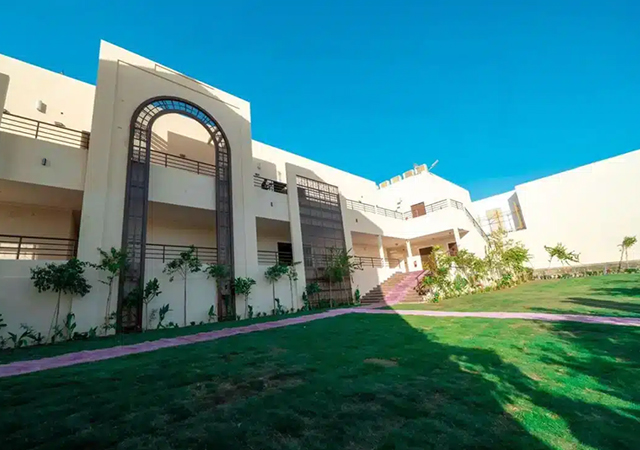


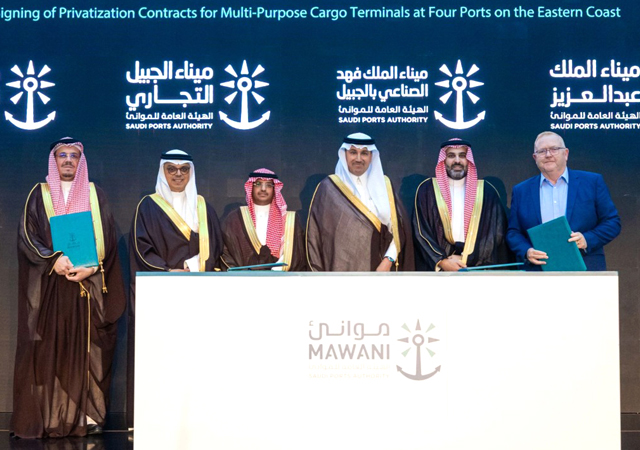
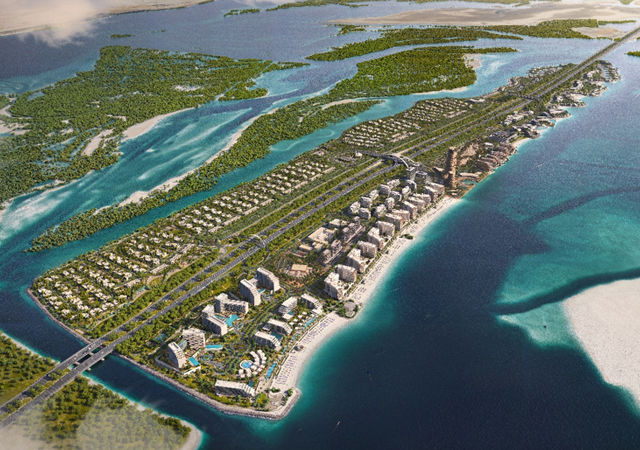

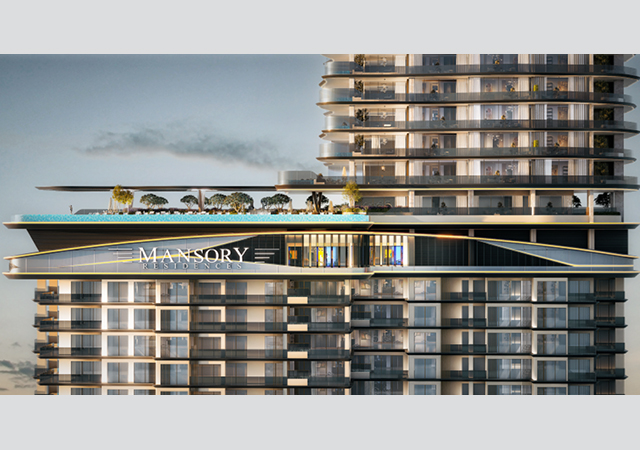
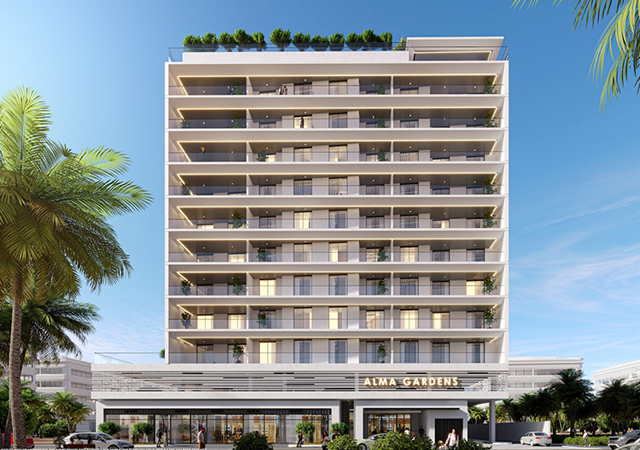

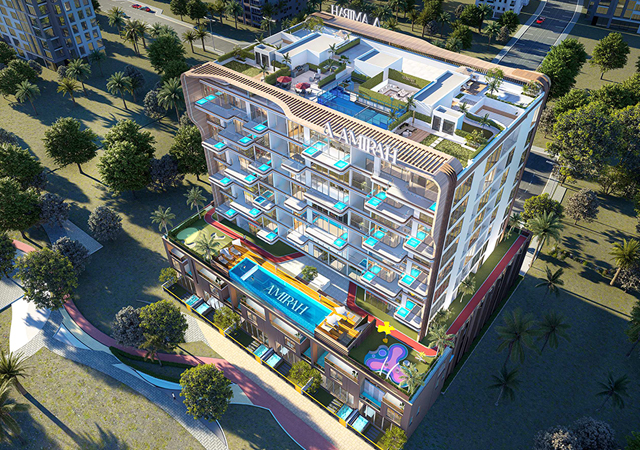
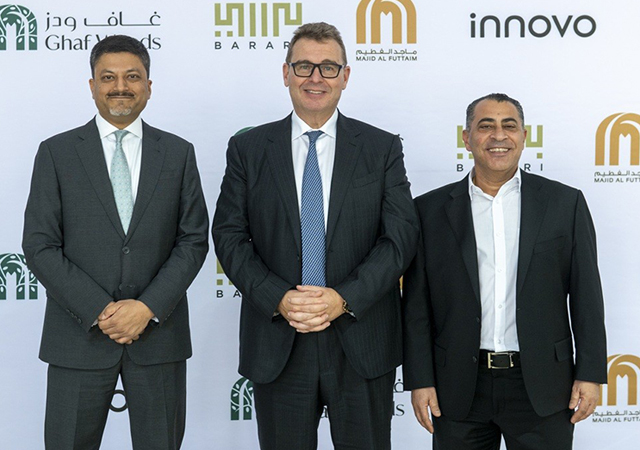
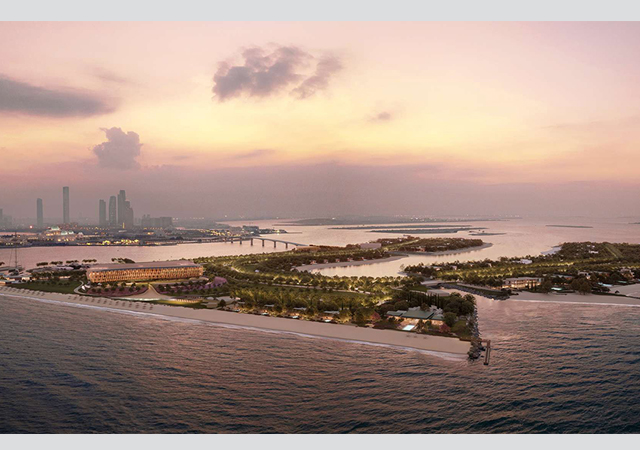
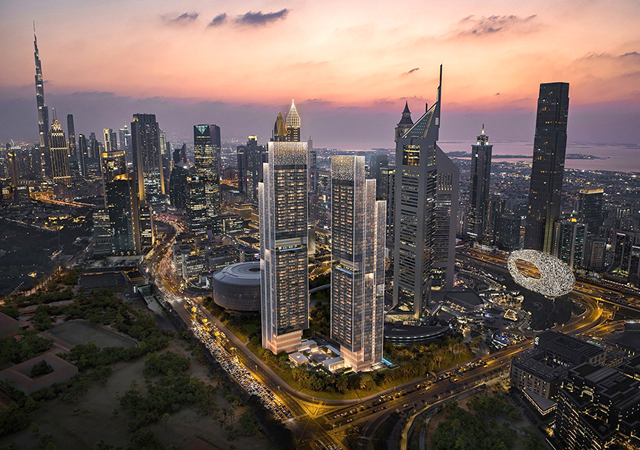
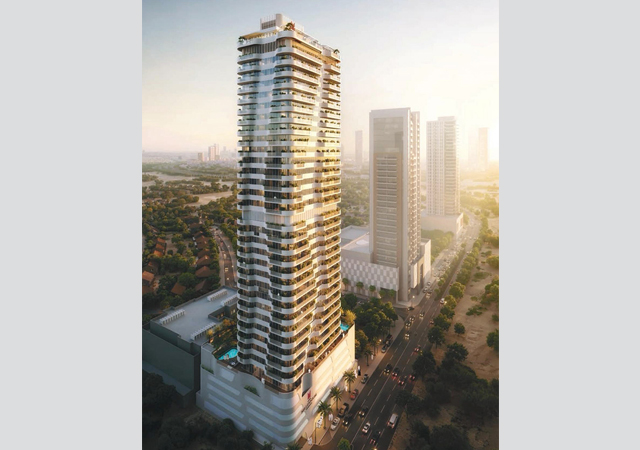
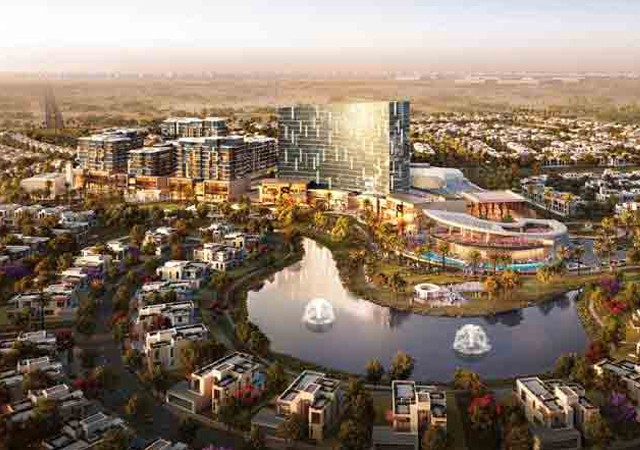
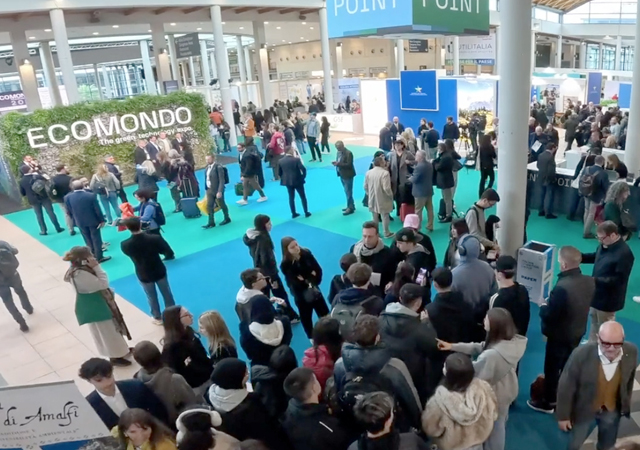
.jpg)

